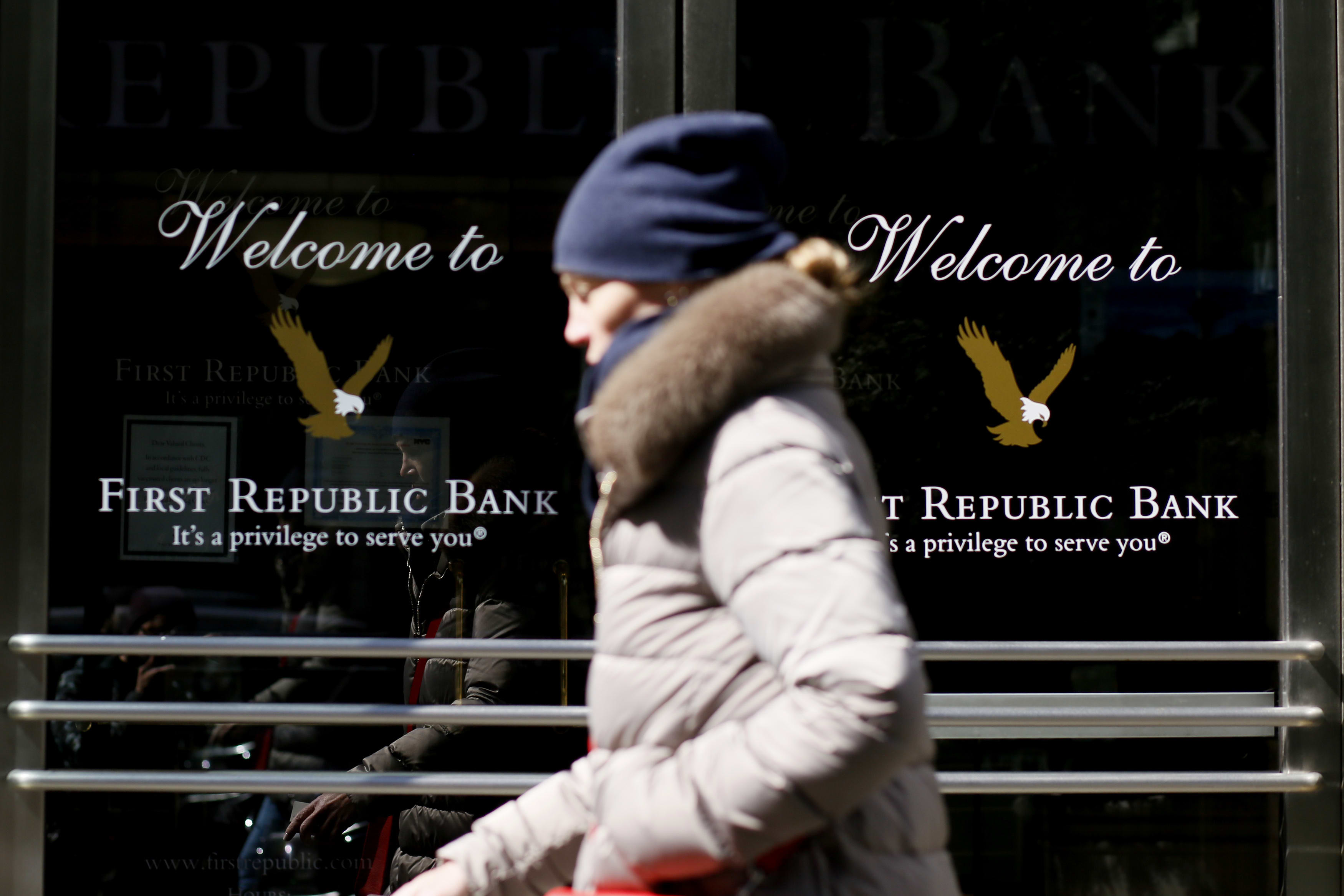JPMorgan Chase’s takeover of First Republic likely ends the panic phase of the banking crisis, with the fallout left to come in a pivotal week for markets and the economy.
Following an unsuccessful effort to keep First Republic open, the largest U.S. bank by deposits reached a deal to take over the 14th-largest financial institution. In doing so, JPMorgan helped avert a destabilizing broad collapse in the sector, but by no means solved all the banking problems likely to come.
related investing news
“This is not the end,” said Gary Cohn, former chief operating officer at Goldman Sachs, in an interview Monday on CNBC’s “Squawk Box.” “I don’t think we’re going to get three and done. Crises don’t sort of end this easily. There will be other issues out there in the banking world.”
With financial services covering such a wide swath of activities in the $26.5 trillion U.S. economy, the failures of Silicon Valley Bank, Signature Bank and now First Republic Bank will reverberate.
Critical week ahead
The takeover kicks off an important week on Wall Street, with a key decision on interest rates looming along with earnings from Apple and a jobs report that is expected to show a further deceleration in hiring.
Stocks nudged higher Monday morning on hopes that the worst of a banking crisis that began in early March has drifted into the rear view.
“The wall of worry may ease,” said Wells Fargo banking analyst Mike Mayo in a note to clients. “Resolving FRC should end the 7-week post SVB bank crisis phase.”
One of the first places markets can turn to gauge the larger impact is this week’s Federal Reserve meeting. Traders on Monday morning intensified their bets that the central bank would enact another quarter percentage point interest rate hike as the First Republic resolution provided some clarity to the question of regional bank health.
But Cohn, who was the National Economic Council director under former President Donald Trump, said the broader impact of the Fed’s rate-hiking cycle will continue to be felt. If the Fed follows through on the increase, it will mark 5 percentage points worth of hikes in a 14-month period, the fastest tightening cycle since the early 1980s.
“The unintended consequences of that on banks and balance sheets is fairly substantial. We will see something in the commercial real estate market,” he said. “But that’s what we’re talking about. What you learn in the banking industry is it’s usually the problem you’re not talking about.”
Cohn said one area he is watching is what happens with consumer spending, which makes up 68% of all economic activity.
As it relates to the banking situation, most experts see tighter credit conditions ahead that could weigh on spending, particularly as inflation and interest rates both remain elevated.
“The seizure and subsidized on-sale of First Republic completes the obvious unfinished business from the initial acute phase of the bank stress,” Krishna Guha, head of global policy and central bank strategy for Evercore ISI, said in a client note.
“But we think this is only the very early stages of the chronic phase and that for every First Republic or Silicon Valley Bank there will be hundreds of smaller and mid-sized US banks that will act more conservatively in the months ahead in order to minimize any risk that they end up in the same situation,” he added.
Pressure to ‘tone it down’
With stresses still present in the banking system, that will put pressure on the Fed at least to hold the line on monetary policy despite inflation that policymakers see as still too high.
Gross domestic product increased just 1.1% annualized in the first quarter, well below expectations and another signal that a slowdown or outright recession is ahead. Markets expect the central bank will be forced to cut by at least half a percentage point before the end of the year to combat the possible contraction, according to the CME Group’s FedWatch tracker of futures pricing.
“The Fed is going to basically have to really tone it down a lot and maybe project that this is the last hike,” said Larry McDonald, founder of “The Bear Traps Report,” also speaking on “Squawk Box.” “Anything they do on the hawkish side will really cause much more financial instability.”
An indication Wednesday of more hikes is not something investors want to see, particularly in the midst of a jumbled earnings season and ahead of a looming jobs report.
S&P 500 profits are tracking at a loss of 3.7% for the first quarter, even with 79% of companies beating Wall Street estimates, according to FactSet. Apple earnings are on tap this week, with the Silicon Valley bellwether on Thursday expected to post profit of $1.43 a share, down from $1.88 the previous quarter.
“Apple is going to be crucial,” said Quincy Krosby, chief global strategist at LPL Financial. “The reason is it gives you perspective on global demand. Apple is in so many portfolios in so many different sectors. Obviously, it’s extremely important, probably the most important of all the big-tech earnings.”
A day later, the Labor Department’s nonfarm payroll report for April is projected to show job growth of 180,000, down from 236,000 in March and what would be the smallest monthly gain since December 2020.
Policymakers, though, could be more keyed on wage numbers and the impact on inflation. So a soft payrolls report with softening wages might be greeted positively by a market looking for a less aggressive Fed.
“This is a market trying to discern which direction the economy is going to go and are we headed for recession, and if so what kind of recession,” Krosby said. “I think we’re still going to have a split market. I don’t think we’re going to have insight as direct as the market would like.”


